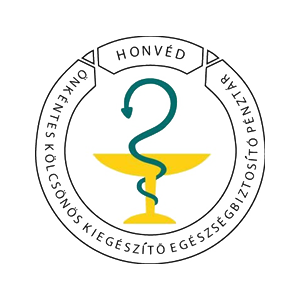In case of long-lasting, repeated or sudden pain in the neck, shoulders, back, lower back, hips, wrists or ankles, a complex rheumatological examination should be performed.
When to seek a rheumatologist?
It is a misbelief that rheumatological problems may only affect the elderly. Anybody can experience them, independent of age or gender. Rheumatological inflammations that occur already in younger age and may result in serious symptoms very early can be treated with high efficacy. Consequently, early diagnosis of such cases may improve their outcome considerably.

Most common symptoms of rheumatological disorders are pain and limited range of motion, leading to an impaired quality of life. Without treatment, pain may become chronic, resulting in anxiety, depression, sleep disturbances, personality changes. With these symptoms it is recommended to see a rheumatologist.
Pain and inflammation may penetrate in everyday life, both at work or leisure time. The risk of developing osteoporosis (loss of bone density) increases in post-menopause period. In women over 40 years with higher risk of osteoporosis should be screened for tendency to bone density reduction.
Furthermore, joint pain of elderly people may be induced not only by the wear and tear of joints. It can also be the manifestation of an immunological disorder that can be treated efficiently, reaching a pain-free status within some days.
Symptoms that require a rheumatology consultation
- joint and/or muscle pain affecting everyday life and relaxation
- long-lasting inflammation in tendon sheath
- muscular stiffness with limited range of motions
- any kind of pain in the spinal column or in the lower back
- pain in the small joints of the hands or feet

Which conditions are addressed by the rheumatologist at Oktogon Medical Center?
- painful inflammations of joints and muscles
- regional disorders of neck, back, shoulders (inflammation, wear and tear)
- regional disorders of lower back, hips (inflammation, wear and tear)
- regional disorders of hand, elbow, wrist (inflammation, wear and tear)
- regional disorders of legs, feet, knees, ankles (inflammation, wear and tear)
- local soft tissue problems (soft tissue rheumatism)
- osteoporosis (reduced bone density)













